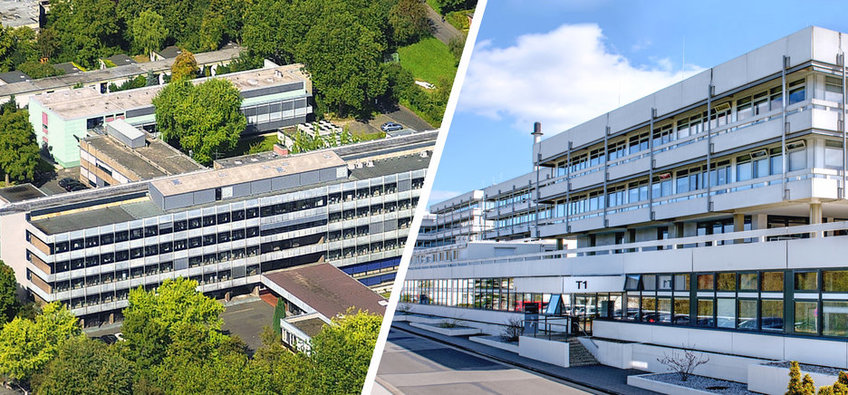
Max Planck Institute for Multidisciplinary Sciences
The Max Planck Institute for Multidisciplinary Sciences was founded on 1 January 2022 through the merger of two existing Göttingen institutes, the MPI for Biophysical Chemistry and the MPI for Experimental Medicine. The two locations of the institutes remained as City Campus and Faßberg Campus.
At the Institute, we explore scientific issues ranging from physics and chemistry to structural and cell biology, neuroscience and biomedical research. Basic research in the natural sciences can thus be linked even more effectively with medical research approaches.
We are guided by the conviction that great scientific discoveries can be achieved when scientists from different disciplines and research cultures - such as physics, chemistry and biology - work together and exchange ideas in an unbiased way.
Contact
Am Faßberg 1137077 Göttingen
Phone: +49 551 201-1211
PhD opportunities
This institute has several International Max Planck Research Schools (IMPRS):
IMPRS for Molecular BiologyIMPRS for Physics of Biological and Complex Systems
IMPRS for Neurosciences
IMPRS for Genome Science
In addition, there is the possibility of individual doctoral research. Please contact the directors or research group leaders at the Institute.























